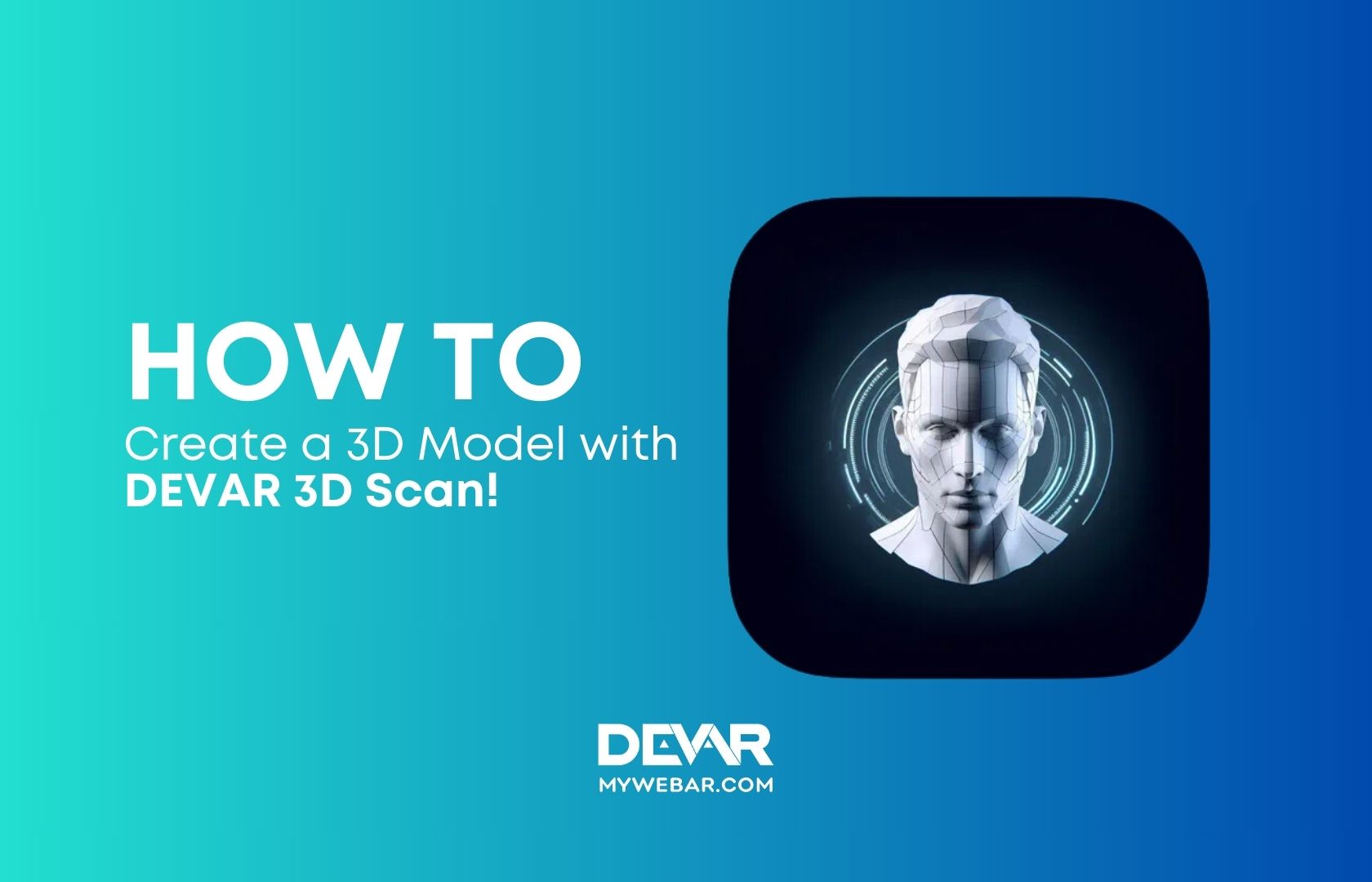1. First Augmented Reality Gallery at WKU
In 2021, students at Western Kentucky University (WKU) unveiled an Augmented Reality Art Gallery, a groundbreaking project that showcased the collaborative power of AR across various disciplines, including graphic design, computer science, and engineering.
Diego Minaya Diaz, a computer science senior at WKU, was one of the driving forces behind the exhibition. Alongside three fellow students, they conceived an augmented reality art showcase that seamlessly blended traditional art gallery elements with the latest technology.
“To set up the gallery, we asked students and faculty to submit their artwork.. “We used MyWebAR to upload all the AR-ready projects and generated QR codes for each exhibit,” Diaz explained. “Finally, we placed the QR codes in the gallery.”
This initiative not only showcased creativity but also marked a collaborative milestone at WKU, where students from science, engineering, and art backgrounds came together. The AR Gallery celebrated diverse art forms that might not find space in traditional fine art galleries.
Chris DiMeo, a post-baccalaureate user experience student at WKU, had a vision for the gallery: “For so long, there has been a division between art and STEM, this view of ‘us vs. them.’ I hope that when people see this gallery, they get a sense of the incredible things we can accomplish when we work together with people who come from different places and do different work than us.”
This pioneering gallery was not only the first of its kind at WKU but also the first STEAM (science, technology, engineering, art, and mathematics) gallery, featuring computer animation alongside traditional artwork.
Photo courtesy of Diego Minaya Diaz
2. Augmented Reality Project Along Yarra (Australia)
Pengzuo Jiang, a recent Bachelor of Design graduate at Monash University in Australia, embarked on a project for the Yarra Riverkeeper Association using augmented reality technology. This initiative aimed to raise awareness about the Yarra River and engage visitors in a unique way.
Jiang designed benches along the Yarra River, providing people with resting spots while enjoying the river’s view. Each bench featured a QR code with a random AR pattern that visitors could scan.
When people scanned the QR codes on the benches, they were treated to an augmented reality seagull, accompanied by the message, “Join the Yarra Riverkeeper!” This not only added an element of fun for visitors but also encouraged more people to get involved with the Yarra Riverkeeper Association, showcasing how AR can be a powerful tool for nonprofit organisations.
3. PepsiCo Ed Tech and Duke University: Augmented Reality in Education
PepsiCo Ed Tech, in collaboration with students at Duke University, embarked on several educational projects leveraging augmented reality technology. These initiatives demonstrated the potential of AR to enrich educational content.
Civil Rights Mural: A community project led by Brenda Miller Holmes resulted in an impressive wall mural next to the Durham Arts Council. The addition of an AR component allowed viewers to identify individuals in the mural and access supplementary videos and background materials.

Books: Collaborating with students at Rogers-Herr Middle School, PepsiCo Ed Tech integrated AR features into selected books, enriching the reading experience. The AR content was compiled using MyWebAR and linked together in a Padlet page.
John Hope Franklin: Duke’s John Hope Franklin Young Scholars, Rogers-Herr Middle School students, and Duke Ed Tech Fellows worked together to create an augmented reality experience honoring the life and legacy of Dr. John Hope Franklin. This immersive AR experience featured videos and articles about Dr. Franklin, providing a unique educational opportunity.
In conclusion, these remarkable examples underscore that AR is not merely a tool for enhancing learning but a bridge to new skills and talents, potentially even new professions. We are thrilled to witness such projects where students from schools, colleges, and universities fearlessly embrace new technologies, gain valuable experience, and confidently step into a future marked by change.
All these projects were realized using the MyWebAR platform, showcasing how AR can unite disparate fields, from art and design to programming and academia. For students and aspiring creators of nonprofit projects, we offer a special rate—free access to the MyWebAR platform.
Try creating your first project today, and we eagerly await your success stories!























